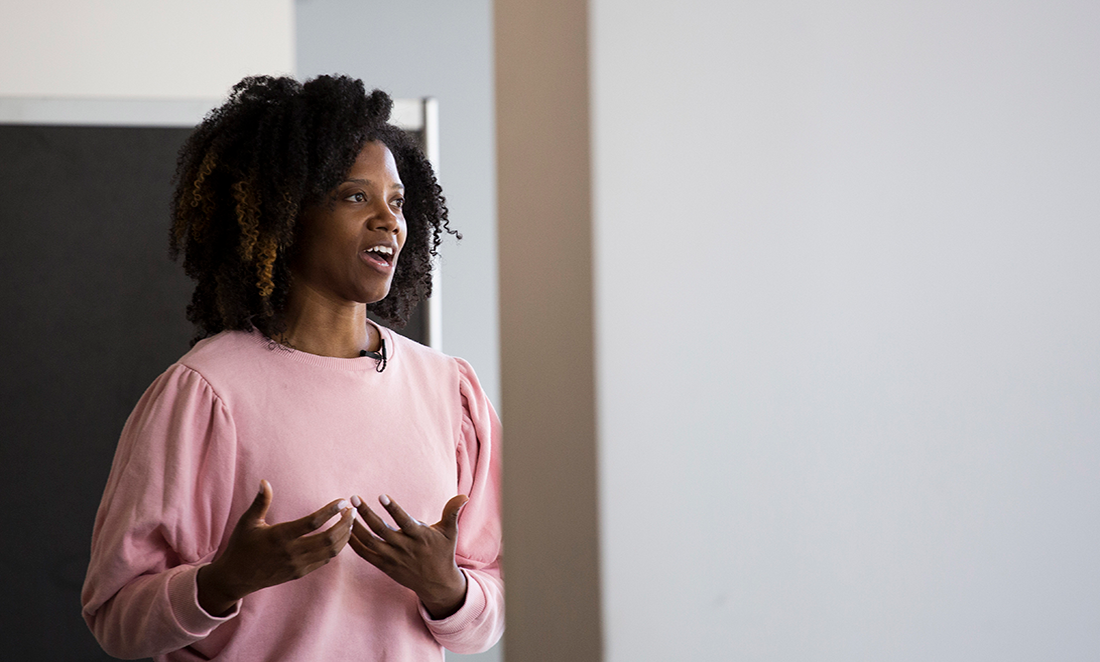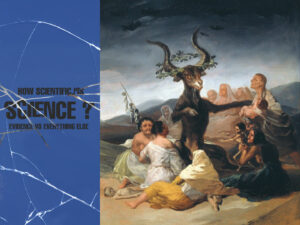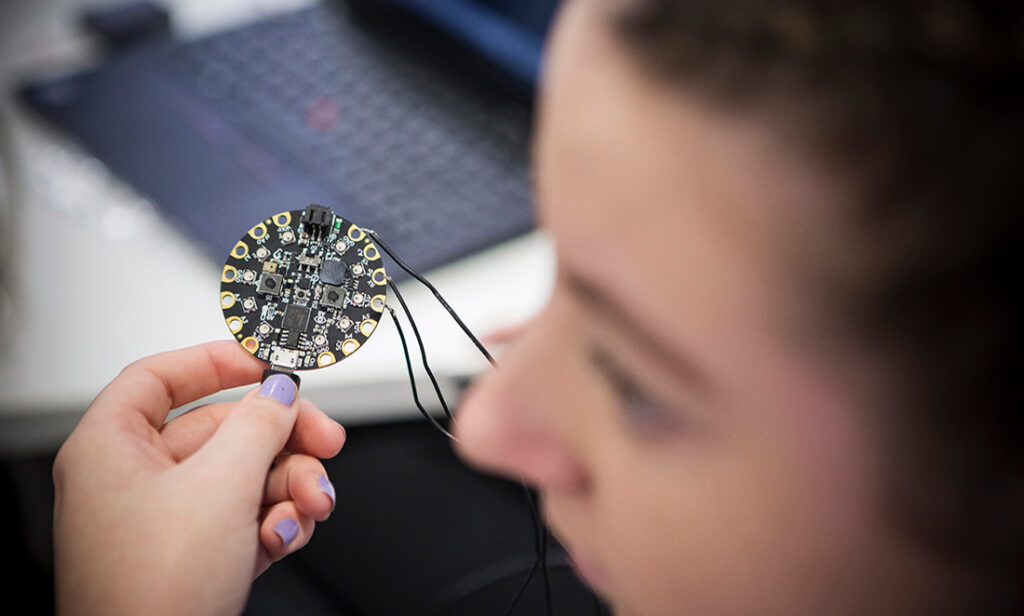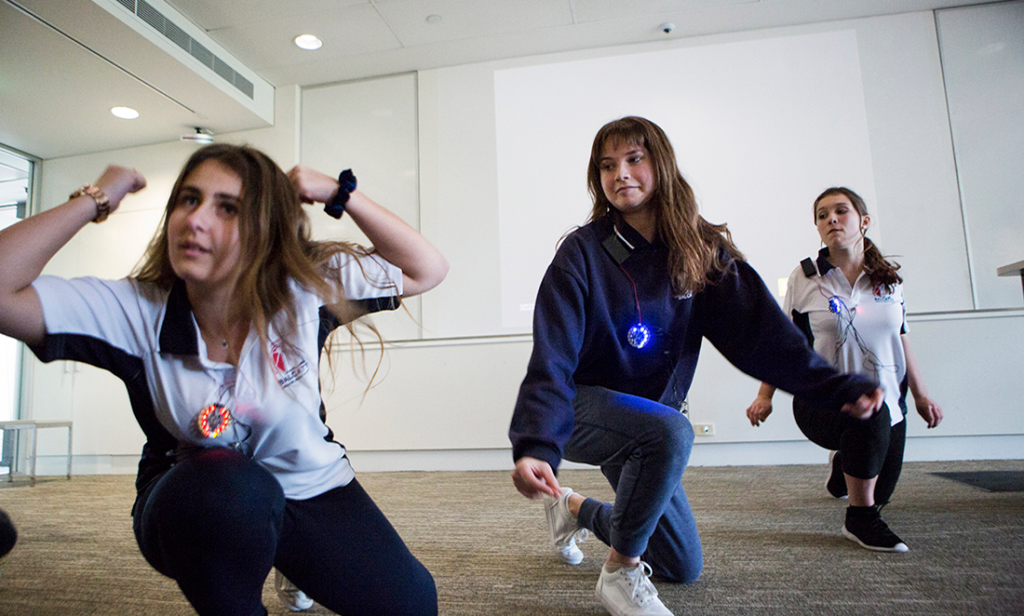“I’m just not good at maths.”
“Maths just isn’t my thing.”
“Science just isn’t something that is fun.”
Founder and CEO of STEM from Dance Yamilée Toussaint says this is a mindset she has come across too often in young girls. It’s this state of mind that often prevents girls from pursuing science, engineering or maths at school and university.

Not only does this mindset rob girls of career opportunities in STEM fields, but it puts the whole world at a disadvantage. If half the people on the planet don’t feel inspired to pursue STEM, how will we ever solve the great problems of our time?
But what if we could get girls excited about STEM projects by connecting them to something that they already love? Something that is fun, exciting and inspiring? Something like dancing?
That’s the goal of STEM from Dance, an initiative started by Yamilée back home in America. Seeing the lack of girls in her engineering class at MIT, Yamilée wondered if she could “take all the good things you get from dance and use them to make STEM more interesting [for girls]”.
She created workshops where STEM and dancing collide. Using electronics and coding software, students in STEM from Dance workshops are able to create techie costumes and props, which are then incorporated into dance performances.
For example, participants may be able to code lights in their costume to twinkle or change colour in response to a clap or a jump in their dance routine.
Inspiring Australia invited Yamilée to deliver her workshops to West Australian high school students for National Science Week 2018.
For one afternoon at Curtin University, dance students forgot that science was ‘boring’, and more tech-savvy students were immersed in performance art. It’s a transformation that is incredible to witness, says Yamilée.
“The response from students is always inspiring to me,” she says.
“They can come in just feeling like, you know, I’m interested in dance but I’m not sure about STEM … to then feeling like ‘Oh wow, I think I can be a programmer or a geologist’, and I think that transformation is always just so exciting to see.”
STEM from Dance was just one of the exciting programs being run during National Science Week, a celebration that encourages all Australians to ‘find their science’. It’s an important message that emphasises that science doesn’t always look like sterile labs and white coats. Sometimes it looks like flashing lights, even flashier dance moves and fun.









